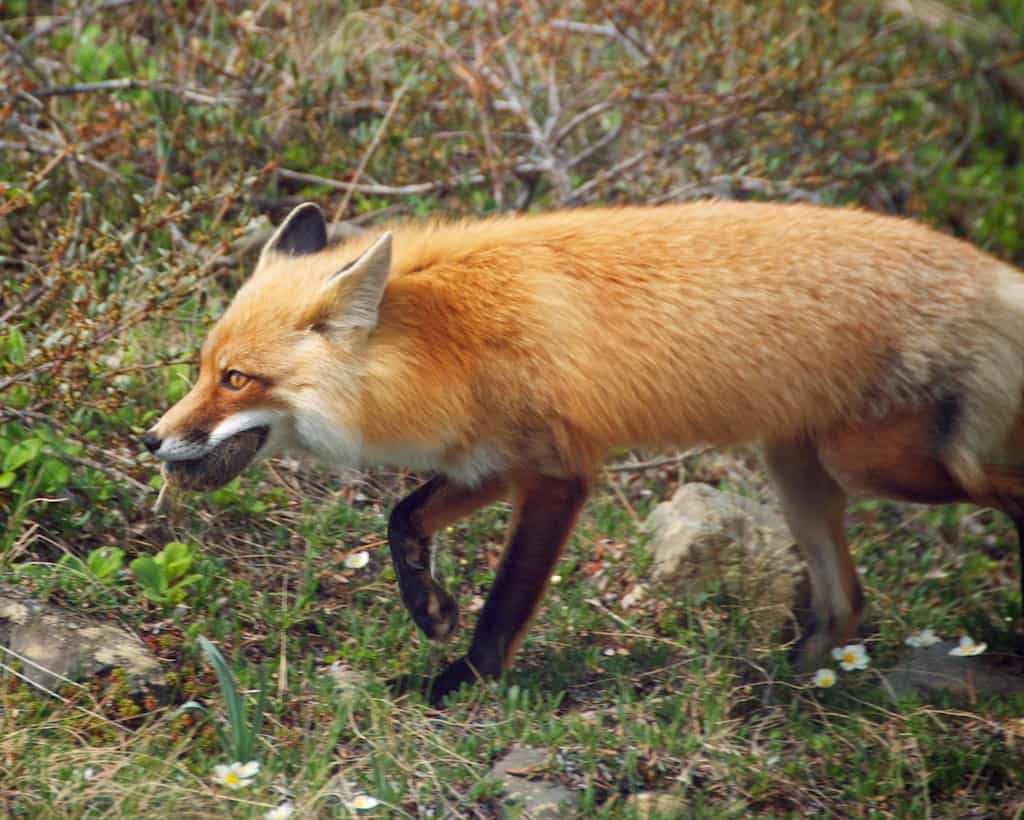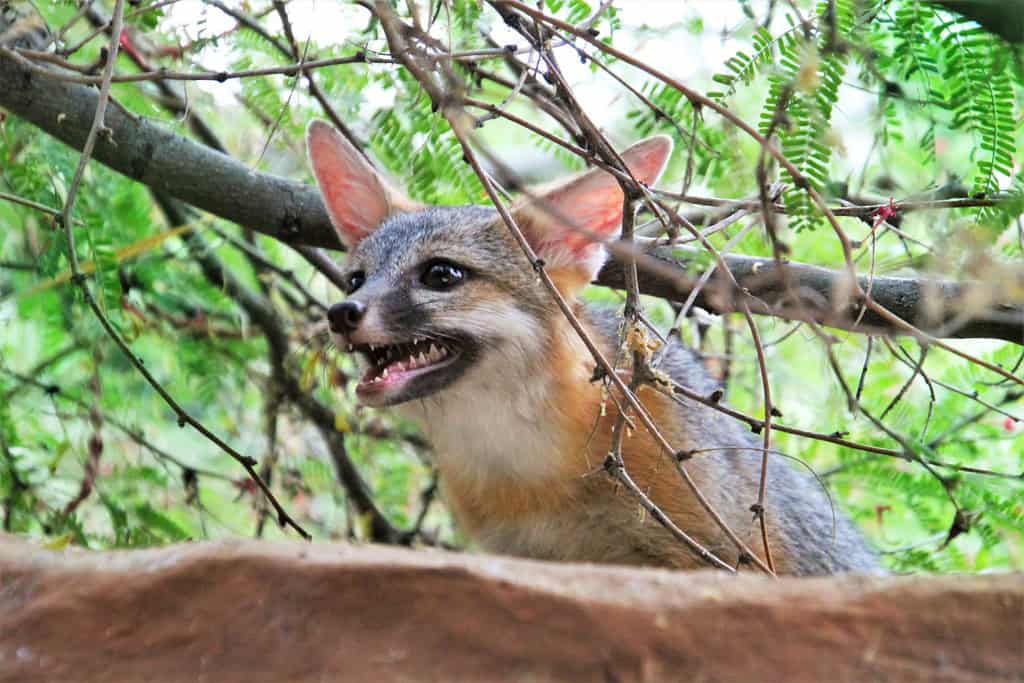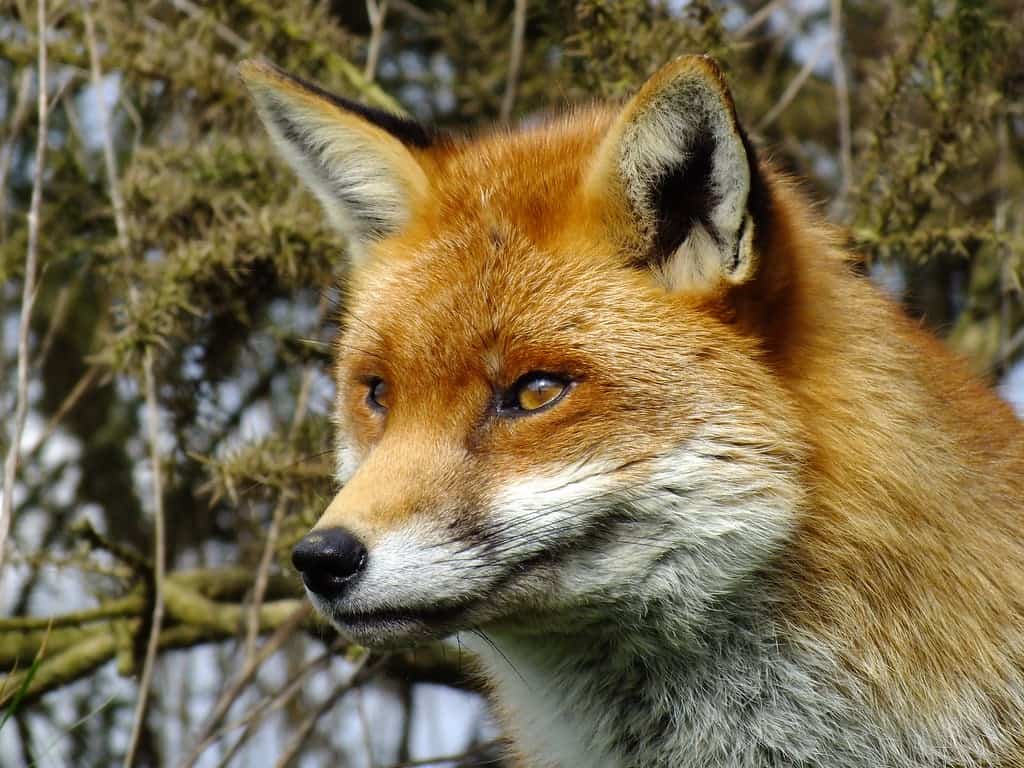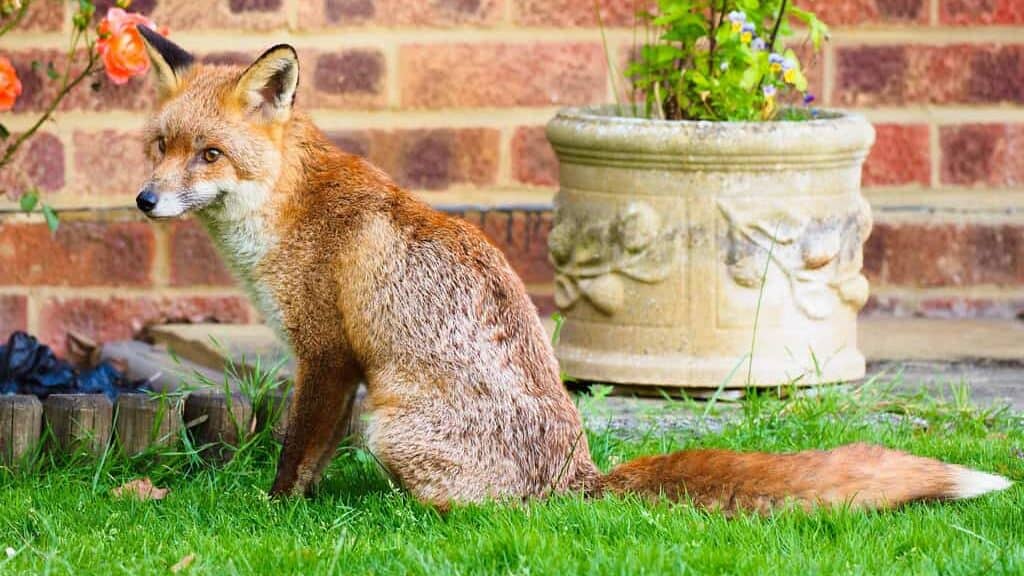Imagine walking through a quiet forest trail at dusk when suddenly, a flash of russet red catches your eye. A wild fox pauses mid-step, its intelligent amber eyes meeting yours for just a moment before it vanishes into the underbrush like a woodland ghost. This magical encounter isn’t as rare as you might think – across America, foxes are thriving in diverse habitats from dense forests to suburban backyards.
The United States is home to several fox species, with the red fox being the most widespread and recognizable. These adaptable creatures have mastered the art of survival in environments ranging from snowy mountain peaks to sun-baked deserts. Their remarkable ability to adjust their behavior and diet has allowed them to flourish in areas where other wildlife struggles to survive.
What makes fox spotting so thrilling is their elusive nature combined with surprising boldness. While they’re naturally cautious around humans, foxes have increasingly adapted to living alongside our communities. Some states offer better opportunities than others for witnessing these cunning predators in their natural element, whether you’re a seasoned wildlife photographer or simply someone who appreciates nature’s beauty.
Alaska – The Last Frontier’s Fox Paradise

Alaska stands as the ultimate destination for fox enthusiasts, hosting four distinct species that have adapted to the state’s extreme conditions. The Arctic fox, with its seasonal coat changes from brown to pristine white, represents one of nature’s most remarkable transformations. These compact survivors have evolved specialized features like furry paw pads and shortened ears to combat the brutal cold.
Red foxes also thrive throughout Alaska’s interior regions, their populations remaining robust despite harsh winters that can last eight months. The state’s vast wilderness areas provide ideal hunting grounds where foxes prey on everything from small mammals to seasonal berries.
The silver fox, actually a melanistic variant of the red fox, appears more frequently in Alaska than anywhere else in North America. Cross foxes, displaying a distinctive dark stripe pattern, add another layer of diversity to Alaska’s fox population, making every sighting a potential surprise.
Montana – Big Sky Fox Country

Montana’s expansive prairies and mountainous terrain create perfect fox habitat, supporting healthy populations of red foxes, swift foxes, and kit foxes. The state’s agricultural areas provide abundant prey in the form of rodents, while vast open spaces allow foxes to establish large territories without human interference. Red foxes particularly flourish in Montana’s mixed grassland and forest edge environments.
The Great Plains region of eastern Montana hosts swift foxes, North America’s smallest fox species, which have made a remarkable comeback after near extinction. These diminutive hunters prefer short-grass prairie habitats where they can easily spot predators and prey alike.
Kit foxes inhabit Montana’s arid southwestern regions, their large ears and pale coloration perfectly adapted to desert conditions. Wildlife enthusiasts often spot foxes during early morning or late evening drives along Montana’s scenic highways, especially during winter months when their tracks are visible in snow.
Wyoming – Mountain Fox Haven

Wyoming’s diverse ecosystems, from high-altitude forests to sagebrush steppes, support thriving fox populations that have adapted to elevation changes exceeding 10,000 feet. Red foxes in Wyoming display remarkable size variations, with mountain populations developing thicker coats and larger body sizes compared to their prairie cousins. The state’s Yellowstone ecosystem provides exceptional fox viewing opportunities, particularly in Lamar Valley.
Swift foxes have established stable populations throughout Wyoming’s eastern plains, benefiting from prairie dog towns that provide both shelter and abundant prey. These foxes create extensive burrow systems that can extend over 100 square feet underground.
Wyoming’s long, harsh winters actually benefit fox populations by reducing competition from other predators and concentrating prey species near reliable food sources. The state’s minimal light pollution also makes it ideal for observing fox behavior during their most active nighttime hours.
Colorado – High Country Fox Territory

Colorado’s elevation changes create unique fox habitats, with red foxes thriving from the plains at 3,500 feet to alpine environments above 11,000 feet. The state’s fox populations have adapted to extreme seasonal changes, developing behavioral patterns that include caching food during summer months for winter survival. Mountain foxes in Colorado often display darker, more luxurious coats compared to their lowland relatives.
The Front Range provides excellent fox spotting opportunities, particularly in areas where urban development meets natural habitat. Foxes have learned to navigate suburban environments while maintaining their wild instincts and natural prey preferences.
Colorado’s kit fox populations inhabit the state’s southeastern corner, where they’ve adapted to semi-arid conditions and agricultural landscapes. These foxes often hunt along irrigation ditches and field edges, making them more visible to wildlife observers than their mountain-dwelling cousins.
Utah – Desert Fox Wonderland

Utah’s varied landscapes support three fox species, each adapted to specific environmental niches within the state. Kit foxes dominate the Great Basin Desert regions, their oversized ears serving as natural cooling systems in temperatures that regularly exceed 100 degrees Fahrenheit. These desert specialists can survive without free water, obtaining all necessary moisture from their prey.
Red foxes inhabit Utah’s mountainous regions and cooler northern areas, where they’ve established populations in aspen groves and coniferous forests. The state’s unique geography creates distinct fox subspecies with subtle variations in size, coat color, and behavioral patterns.
Gray foxes, though less common, occupy Utah’s pinyon-juniper woodlands and riparian areas along major river systems. Their climbing abilities allow them to exploit vertical habitat niches unavailable to other fox species, often denning in large trees or rocky outcroppings.
Nevada – Silver State Fox Sanctuary

Nevada’s desert environment supports specialized fox populations that have mastered survival in one of North America’s most challenging climates. Kit foxes reach their highest population densities in Nevada’s Great Basin region, where they’ve adapted to hunt during cooler nighttime hours and retreat to underground dens during scorching days. These foxes can detect prey movement from over 150 feet away using their exceptional hearing.
The state’s mountain ranges provide habitat corridors that connect fox populations across vast desert expanses. Red foxes inhabit Nevada’s higher elevations, particularly in the Sierra Nevada and Ruby Mountains, where they exploit seasonal resource availability.
Nevada’s minimal human population density in rural areas allows fox populations to maintain natural behaviors and territory sizes. The state’s clear desert skies and lack of light pollution create ideal conditions for observing nocturnal fox activities, particularly during full moon periods when their silver-gray coats seem to glow.
North Dakota – Prairie Fox Capital

North Dakota’s expansive grasslands create ideal habitat for swift foxes, which have established some of their most stable populations in the state’s mixed-grass prairie regions. These small foxes prefer areas with minimal tree cover, allowing them to spot aerial predators while hunting ground-dwelling prey. The state’s agricultural practices have actually benefited fox populations by creating edge habitats between crop fields and native grasslands.
Red foxes thrive throughout North Dakota, particularly in areas where farmland meets native prairie or woodland edges. The state’s harsh winters concentrate fox populations near farm buildings and shelterbelts, making winter months optimal for fox observation.
North Dakota’s pothole region provides unique fox habitat where wetland edges support abundant prey populations. Foxes in these areas have adapted their hunting strategies to exploit seasonal waterfowl concentrations and amphibian emergence periods, demonstrating remarkable behavioral flexibility.
South Dakota – Badlands Fox Paradise

South Dakota’s diverse topography, from the Black Hills to the Badlands, supports multiple fox species in distinct ecological niches. The Badlands National Park provides exceptional fox viewing opportunities, where kit foxes and swift foxes coexist in the same general area but occupy different microhabitats. Red foxes dominate the Black Hills region, their populations remaining stable despite increasing human recreation activities.
The state’s mixed-grass prairie supports some of the highest swift fox densities in North America. These foxes have adapted to utilize abandoned prairie dog burrows, creating complex underground networks that provide protection from both predators and extreme weather.
South Dakota’s agricultural regions create optimal fox habitat through the juxtaposition of crop fields, grassland remnants, and farmstead shelterbelts. Foxes often establish territories that span multiple land use types, demonstrating their remarkable adaptability to human-modified landscapes.
Nebraska – Cornhusker Fox Country

Nebraska’s agricultural landscape provides exceptional fox habitat, particularly for red foxes that have adapted to exploit the abundant rodent populations associated with grain farming. The state’s Sandhills region supports unique fox populations that have adapted to the area’s distinctive grass-stabilized sand dune ecosystem. These foxes display subtle morphological differences, including lighter coloration and longer legs compared to foxes from other regions.
Swift foxes inhabit Nebraska’s western short-grass prairie regions, where they’ve benefited from conservation efforts aimed at restoring native grassland habitats. The state’s river valleys provide corridor habitats that facilitate fox movement across the landscape.
Nebraska’s diverse agricultural practices create a mosaic of habitat types that support year-round fox populations. Winter wheat fields, corn stubble, and grassland set-aside programs provide both hunting areas and shelter sites that allow foxes to thrive in close proximity to human activities.
Texas – Lone Star Fox Territory

Texas’s vast size encompasses multiple fox species adapted to dramatically different environments, from East Texas forests to Chihuahuan Desert regions. Kit foxes reach their southern distribution limit in West Texas, where they’ve adapted to extreme heat and minimal rainfall conditions. These desert foxes are most active during the brief periods around dawn and dusk when temperatures become tolerable.
Gray foxes dominate Texas’s eastern forests and Hill Country regions, their climbing abilities allowing them to exploit arboreal resources unavailable to other fox species. The state’s diverse prey base, including everything from insects to small mammals, supports high fox population densities in suitable habitat.
Red foxes occupy Texas’s northern counties and higher elevation regions, where cooler temperatures and different prey species create suitable conditions. The state’s year-round growing season provides consistent prey availability, allowing fox populations to maintain higher densities than in northern climates where seasonal resource scarcity limits population growth.
Conclusion

These ten states represent America’s premier fox-watching destinations, each offering unique opportunities to observe these remarkable predators in their natural habitats. From Alaska’s Arctic foxes changing coats with the seasons to Texas’s heat-adapted kit foxes, each population tells a story of evolutionary adaptation and survival. The diversity of fox species across these states demonstrates nature’s incredible ability to find solutions to environmental challenges.
Planning a fox-spotting adventure requires patience, timing, and knowledge of local fox behavior patterns. Early morning and late evening hours provide the best viewing opportunities, while winter months often make tracking easier due to snow conditions. Remember that foxes are wild animals deserving of respect and distance – observe them with binoculars or telephoto lenses rather than attempting close approaches.
Whether you’re drawn to the rugged wilderness of Alaska or the agricultural landscapes of Nebraska, each state offers its own fox-spotting rewards. What will your first wild fox encounter teach you about the remarkable adaptability of these intelligent predators?
- 14 Myths About Sharks That Simply Are Not True (And 1 That Totally Are) - August 19, 2025
- 9 Shark Behaviors That Are Misunderstood And 4 That Are Real Threats - August 19, 2025
- 15 Strongest Animals by Body Size - August 19, 2025

